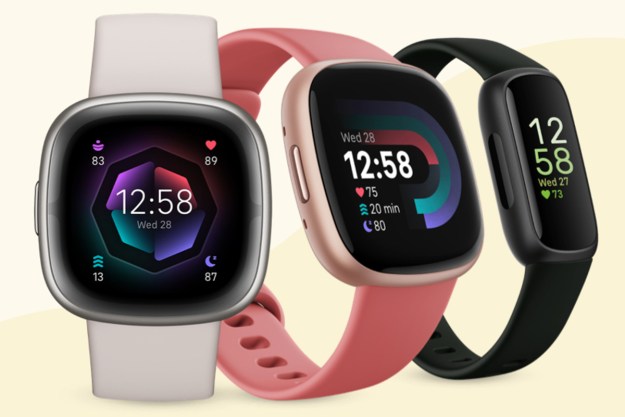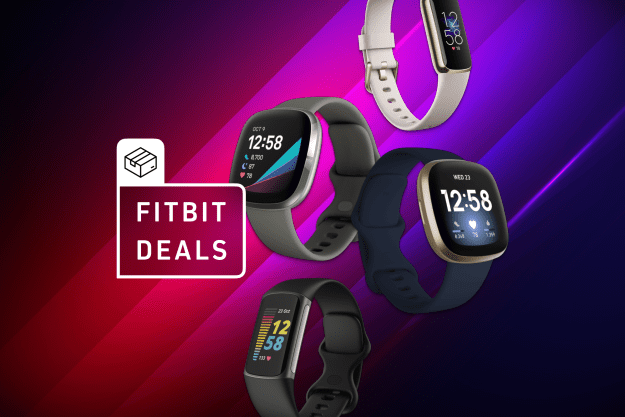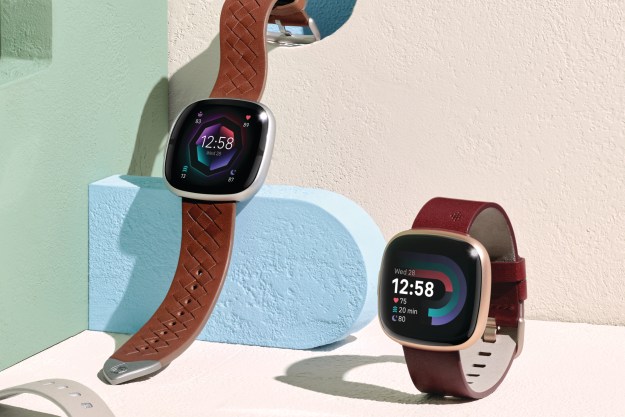If you’re looking for a high-quality fitness tracker, Fitbit is your best option. But with the wide variety of Fitbit devices available in the market today, it can be tricky to find the best one for you.
While we’ve written a detailed guide to choosing a suitable Fitbit tracker for your fitness needs, here we’ll break down the key differences between the two most popular Fitbit devices, the Fitbit Inspire HR and the Fitbit Charge 3. Both the Fitbit Inspire HR and Fitbit Charge 3 look similar and offer many of the same features, but they differ mainly in terms of battery life, price point, and advanced features. Let’s look at each difference in detail, so you know which is better for you.
Specs
| Fitbit Inspire HR | Fitbit Charge 3 | |
| Display size | 1.47 inches | 3 inches |
| Body size | 1.18 x 3.94 x 8.94 inches | 1.63 x 4.04 x 8.9 inches |
| Resolution | 126 x 36 px | 100 x 160 px |
| Touchscreen | OLED | Monochromic, OLED |
| Wireless interface | Bluetooth 4.0 | Bluetooth 4.0, syncing range up to six meters |
| Blood oxygen sensor |
No | Yes |
| Accelerometer | Yes | Yes |
| Gyroscope | No | No |
| Ambient light sensor | Yes | Yes |
| Heart rate sensor | Yes | Yes |
| Barometer | No | Yes |
| GPS | No | No |
| Compass | Yes | No |
| Water-resistant | Yes | Yes |
| Battery life | 5 days | 7 days |
| Price | From $146 | From $220 |
| Availability | Amazon | Amazon |
| DT review | 3.5 stars out of 5 | 4 stars out of 5 |
Design and display

If you want a convenient device that gets the job done without getting in the way, we recommend the Inspire HR as it is slightly smaller and lighter than the Charge 3, making it more comfortable to wear. The Inspire HR is available in three colors: black, lilac and white.
On the other hand, the Fitbit Charge 3 is bigger and slightly heavier, but offers a more premium look if style is your key concern. It is available in five colors: A black band with a graphite case, a blue-gray band with a rose gold case, a berry band with a rose gold case, a white band with a graphite case, and a lavender band with a rose gold case. These colors are trendy and look attractive even from far, making the Charge 3 a good option for individuals looking to track their workouts in style.
This is a tough one to call, since these are two specialized devices. We say to pick the Inspire HR for ease and comfort and the Charge 3 for style. Ultimately, it comes down to which you prefer.
Winner: Tie
Fitness and health-tracking features
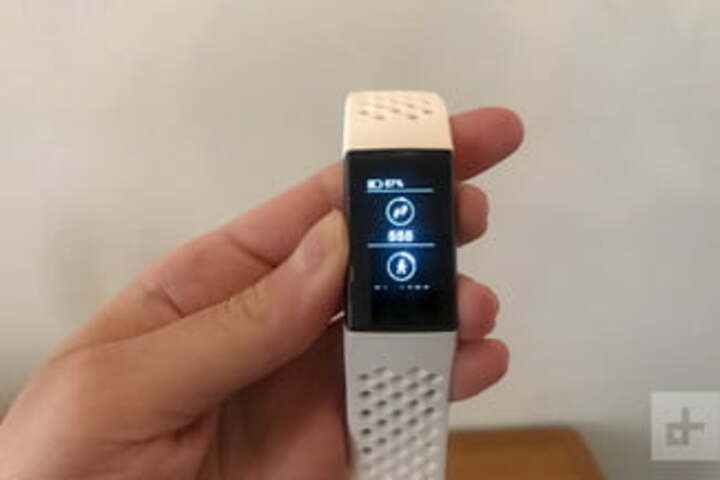
Both the Fitbit Inspire HR and the Fitbit Charge 3 offer some excellent features like heart rate monitoring, step counting, automatic activity detection, sleep monitoring, and a dustproof, waterproof design. This means you can take both devices for swimming, running, and working out in the gym, and use them in any setting without worrying about damage. However, the key difference is the Fitbit Charge 3 offers some additional features like a stroke counter for swimming, monitoring blood oxygen levels, tracking elevation, and more.
On the other hand, the Inspire HR also offers some extra features like calorie logging and automatic sync, but the Charge 3 is more comprehensive, serving a wide range of fitness needs from tracking hikes to monitoring swims so it earns bonus points for versatile use.
Winner: Fitbit Charge 3
Battery life
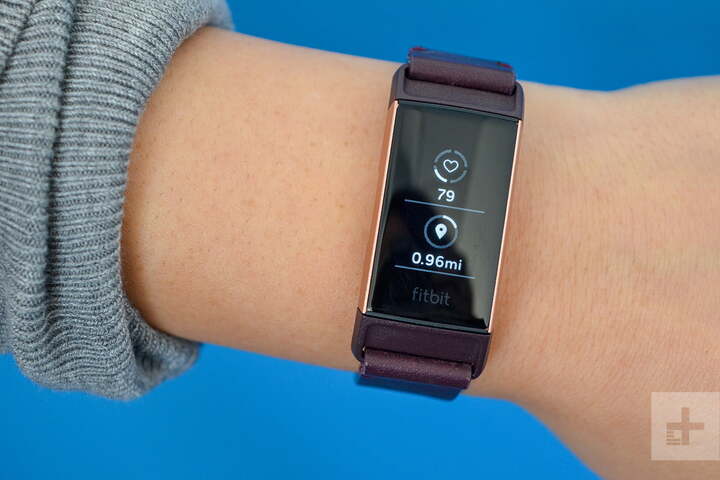
When you’re looking for an efficient fitness tracker, you need to consider the battery life of the device because you don’t want to be spending a lot of time making sure the Fitbit is charged — that just takes the fun out of fitness tracking. So if battery life is an important concern for you, we recommend going for the Fitbit Charge 3. The Charge 3 has a battery life of up to seven days, while the Inspire HR has a battery life of up to five days. The two-day difference can be a big deal if you’re traveling often, so we recommend travelers, remote workers, and busy professionals to pick the Charge 3.
However, the Inspire HR is not a bad choice either. A five day battery life is more than enough to track all of your activities so if you want a cheaper alternative with a decent runtime, you can also choose the Inspire HR. Although, it’s important to note some users found the Inspire HR doesn’t live up to its battery claims, so be prepared to charge the device a little more often than the competition.
Winner: Fitbit Charge 3
Price and availability
If you want to make a decision based on price, pick the Inspire HR. Nearly $50 cheaper than the Fitbit Charge 3, the Inspire HR is a great budget buy. It offers similar features at a more affordable price, making it the top choice for fitness enthusiasts who want a cool tracker without burning a hole in their pocket.
However, the Charge 3 offers a ton of extra features, particularly for swimmers so if you want to track your water activities, it might be worth shelling out the extra 50 bucks. Both devices are available to buy directly via Fitbit and are also available on Amazon and other e-commerce platforms.
Overall winner: Fitbit Charge 3
It’s difficult to pick the best out of the two as both have some great features to offer. But ultimately, we recommend going for the Fitbit Charge 3 as it comes with better features and a longer battery life. It also looks gorgeous compared to the relatively sleek-looking Fitbit Inspire HR, so you get an amazing combination of functionality and style. Yes, it’s slightly more expensive but the added features it provides are worth the extra $50.
Editors' Recommendations
- Best Fitbit deals: Save on Inspire 2, Charge 6, and Sense 2
- Don’t Miss These Fitbit Deals on the Sense 2, Charge 6, and Versa 4
- The future of Fitbit doesn’t look good
- The Fitbit Charge 6 is a fitness tracker and smartwatch hybrid
- Whoop 4.0 vs. Oura: Which screenless health tracker should you wear?


